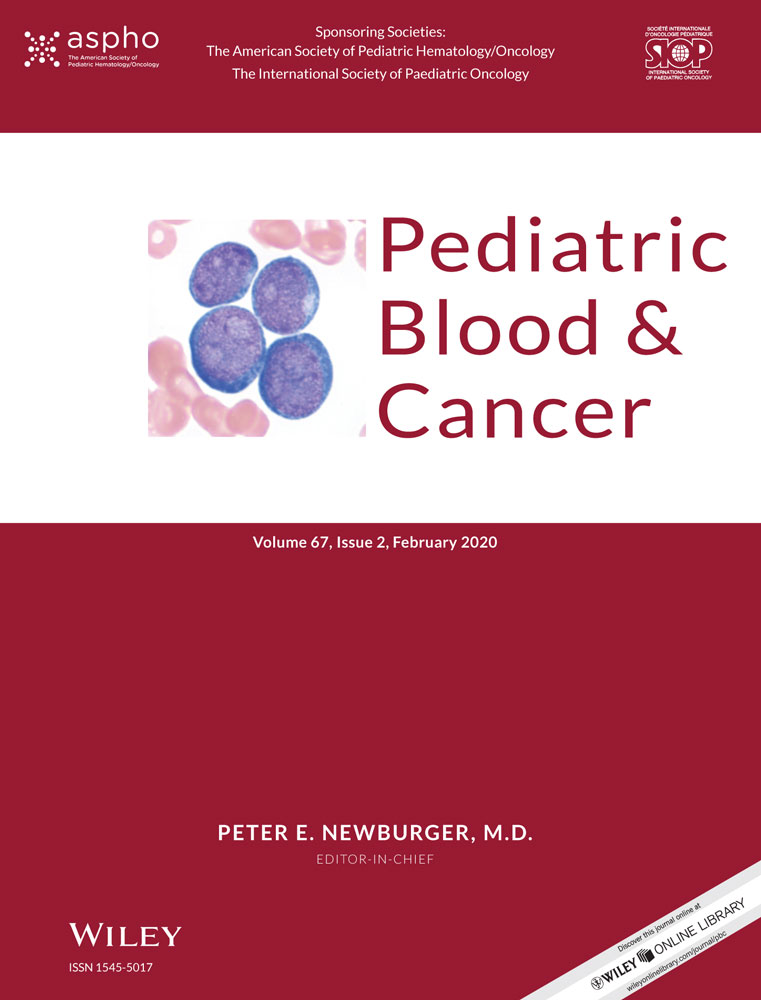Brain-derived neurotrophic factor levels in pediatric sickle cell disease
Allen D. Everett and James F. Casella are co-senior authors of this manuscript.
Abstract
Background
Children with sickle cell disease (SCD) have an increased risk of neurological complications, particularly stroke and silent cerebral infarction (SCI). Brain-derived neurotrophic factor (BDNF) is a nerve growth factor associated with neuronal survival, synaptic plasticity, elevated transcranial Doppler (TCD) velocities and increased risk of stroke in patients with SCD. The objective of this study was to analyze plasma BDNF protein levels in children with SCD participating in the Silent Cerebral Infarct Transfusion Multi-Center Clinical Trial (SIT Trial), comparing plasma samples of children with SCD and SCI to plasma samples from children with SCD without SCI, as well as healthy pediatric control participants.
Procedure
Entry, exit, and longitudinal blood samples were collected from 190 SIT Trial participants with SCD and healthy pediatric controls over time. BDNF levels were measured by enzyme-linked immunosorbent assay. Sample collection was not optimized for measurements of BDNF, but factors affecting BDNF levels were accounted for in analyses.
Results
BDNF levels were significantly higher in children with SCD in comparison to healthy pediatric control subjects. BDNF levels significantly increased over time in SCD participants. BDNF levels did not show any significant associations with the presence or absence of SCI or new/progressive SCI/stroke or TCD velocities.
Conclusions
Plasma BDNF levels are elevated and increase over time in children with SCD. Additional studies with more longitudinal samples are needed to address the reasons for those increased levels.
CONFLICT OF INTEREST
Under a license agreement between ImmunArray, Ltd., and The Johns Hopkins University, James F. Casella and Allen D. Everett are entitled to royalties on a license for a brain biomarker panel that includes BDNF. In addition, Allen D. Everett was a paid consultant to ImmunArray, Ltd., and Emily Barron-Casella is the spouse of James F. Casella. These arrangements have been reviewed and approved by The Johns Hopkins University in accordance with its conflict of interest policies. James F. Casella and Emily Barron-Casella have also filed a provisional patent for a potential treatment for sickle cell disease. Eboni I. Lance has no conflict of interest to declare.
Open Research
DATA AVAILABILITY STATEMENT
The data that support the findings of this study are available from the corresponding author upon reasonable request.




